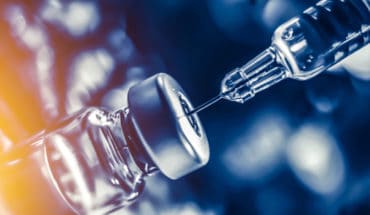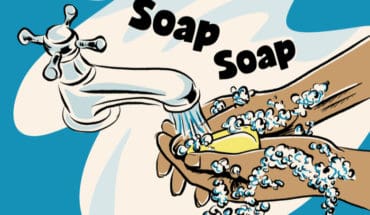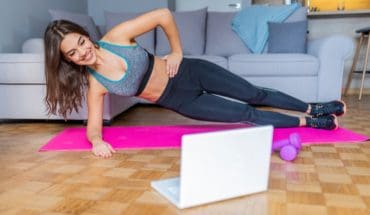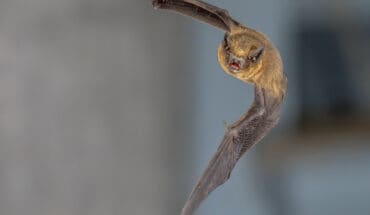Which mask works best? To visualise droplets and aerosols, UNSW researchers used LED lighting system & a high-speed camera, filming people coughing and sneezing in different scenarios — using no mask, 2 different types of cloth masks, and a surgical mask. We confirmed that even speaking generates substantial droplets. Coughing and sneezing (in that order) generate even more. A three-ply surgical mask was significantly better than a one-layered cloth mask at reducing droplet emissions caused by speaking, coughing and sneezing, followed by a double-layer cloth face covering. A single-layer cloth face covering also reduced the droplet spread caused by speaking, coughing and sneezing but was not as good as a two-layered cloth mask or surgical mask. We do not know how this translates to infection risk, which will depend on how many asymptomatic or mildly symptomatic infected people are around. However, it shows a single layer is not as good a barrier as a double layer.
Here’s more on what we found: http://unsw.to/masks VIDEO: UNSW/ Thorax AUTHORS: – C Raina MacIntyre, Professor of Global Biosecurity, NHMRC Principal Research Fellow, Head, Biosecurity Program, Kirby Institute, UNSW; – Abrar Ahmad Chughtai, Epidemiologist, UNSW; – Charitha de Silva, Lecturer, UNSW; – Con Doolan, Professor, School of Mechanical and Manufacturing Engineering, UNSW; – Prateek Bahl, PhD Candidate, School of Mechanical and Manufacturing Engineering, UNSW, and; – Shovon Bhattacharjee, PhD Candidate, The Kirby Institute, UNSW
- Gut microbiome could delay onset of type 1 diabetes - 3rd April 2025
- The da Vinci 5 Robot Is Set To Transform Bariatric Care: - 31st March 2025
- Beyond money: the hidden drivers fuelling child food insecurity - 31st March 2025





